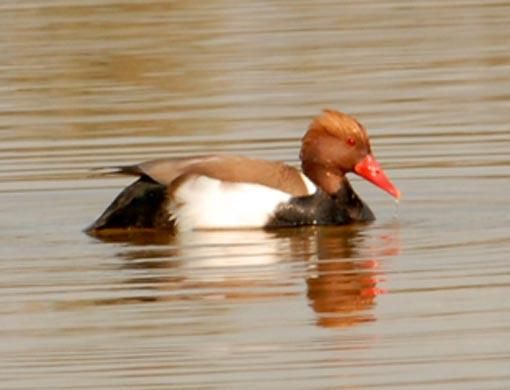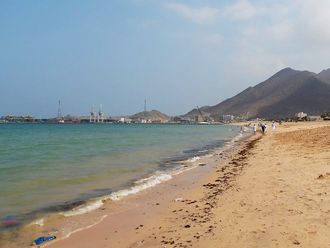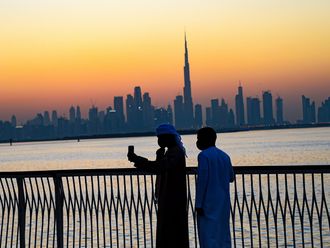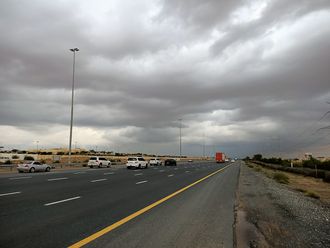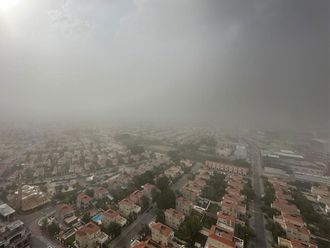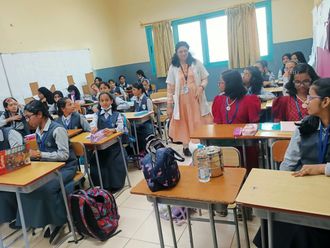Abu Dhabi: For the first time Red-crested Pochards, a species of diving duck, have been spotted at Al Wathba Wetland Reserve.
The reserve, managed by the Environment Agency - Abu Dhabi (EAD) is home to thousands of migratory birds belonging to over two hundred different species.
The sighting of the ducks demonstrates Al Wathba's suitability as a diverse habitat for a variety of species of birds with different habitat requirements, an EAD spokesperson said.
The Red-crested Pochard (Netta rufina) is a large duck that prefers deep water with vegetation and is a migratory species. The bulk of the birds' population is found in the Black Sea and Turkey and towards Northwest China.
With the onset of winter and the arrival of migratory birds, birdlife at Al Wathba shows remarkable transformation in terms of abundance and diversity.
The formation of the wetland started with an accidental discharge of treated sewage water from a wastewater plant.
Three lakes, covering approximately 1.5 square kilometres, form an integral part of the reserve. One is called the upper lake (fresh water lake), another the middle lake (saline) and the largest of the three is the lower lake (hyper saline). The water in these lakes is from two sources: an underground water reserve and water released from the Al Mafraq wastewater treatment plant, located in the vicinity.
While in winter no water from the plant is released to the lake, summertime calls for the release of some water into the lake to prevent imbalances. The salinity at the lake in some regions is as high as 120,000 parts per million.
Each of the lakes allows different types of habitat (such as sand dune habitats) to thrive. The upper lake attracts ducks and is an ideal breeding ground for dragon flies, while the lower and the middle lakes are where the flamingoes head to.
Flamingoes are the unofficial stars of the reserve, unless of course newcomers steal the limelight. EAD has tagged several flamingoes with plastic rings and satellite transmitters to learn more about them. Besides birds, many species of reptiles, small mammals and insects also live at the reserve.
Currently, nearly 1,000 greater flamingos, 72 shelduck and nearly 350 black-winged stilts call the reserve their home. The EAD has so far recorded 148 avocets, a beautiful black and white water bird.


